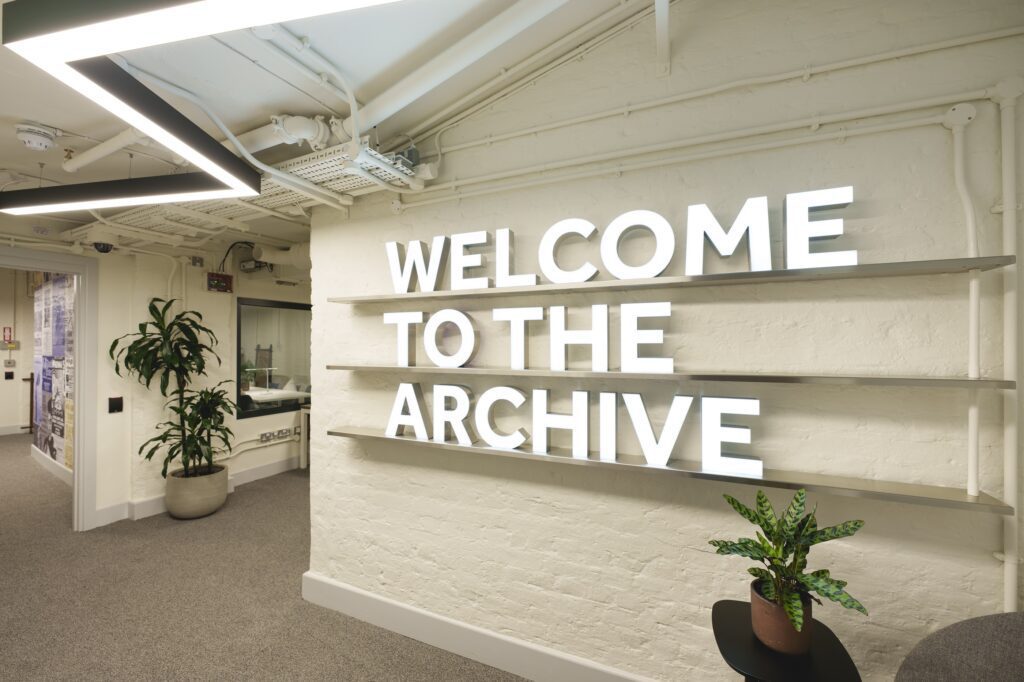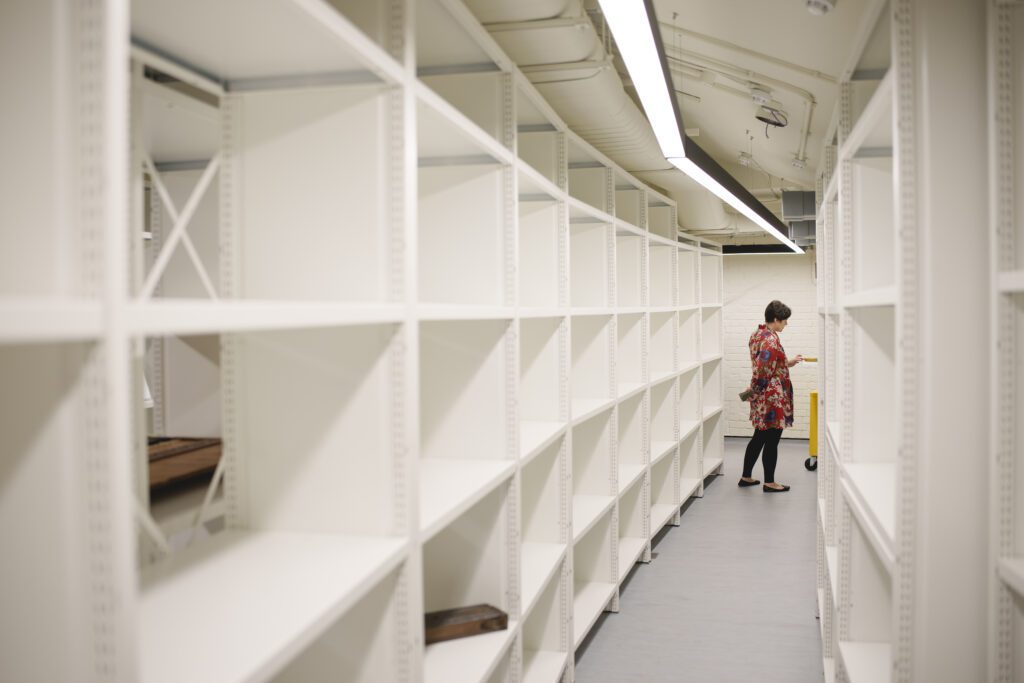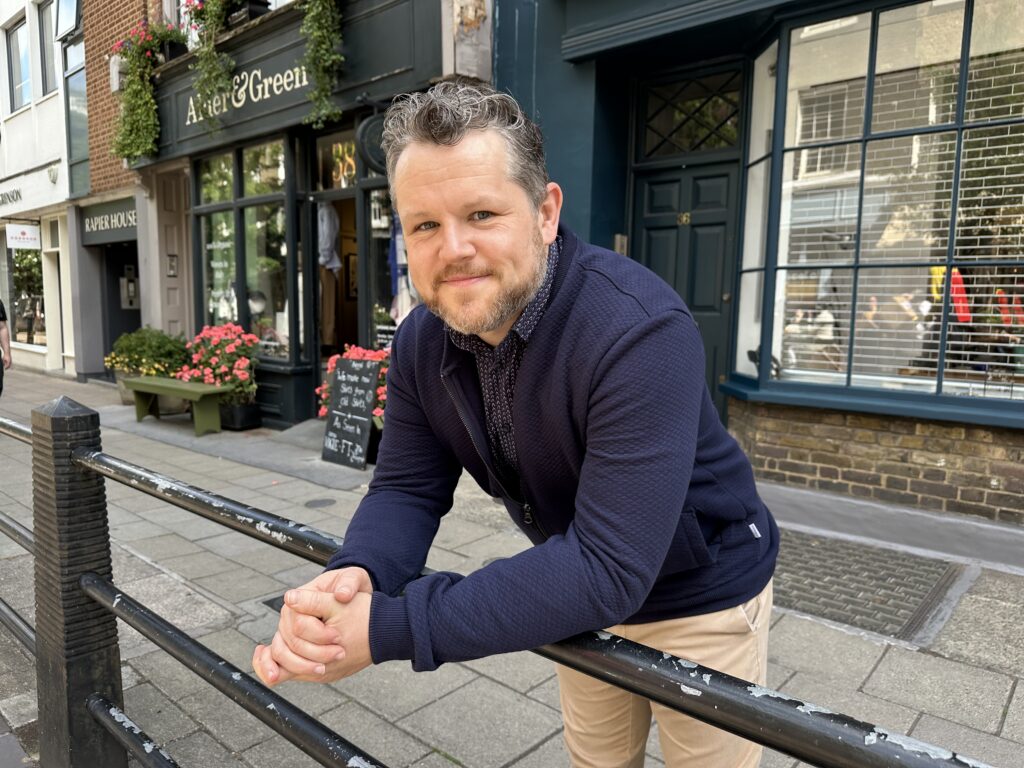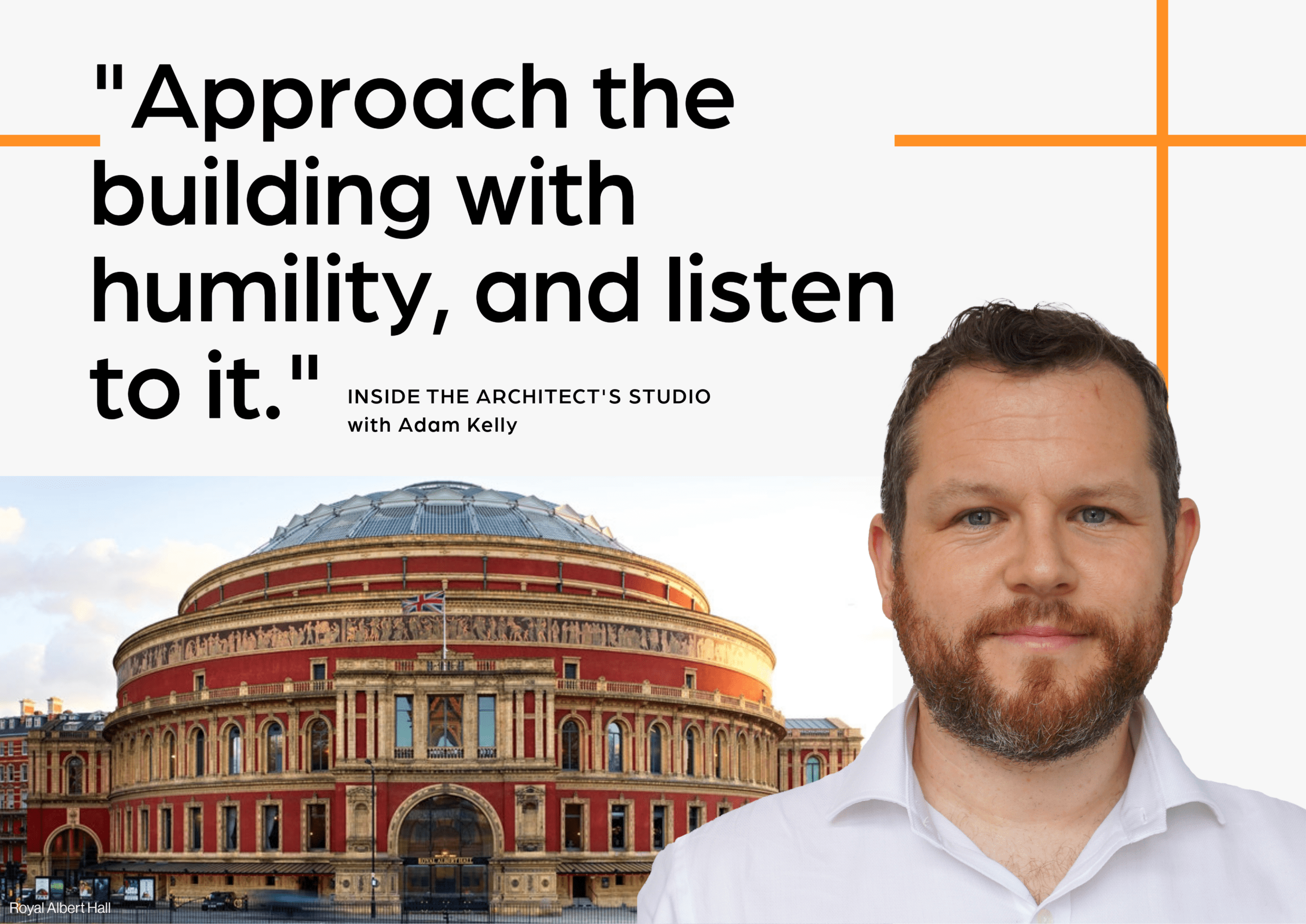Inside the Architect’s Studio with Adam Kelly

What first drew you to architecture?
“I was always into art and design, and I was considering doing a foundation art and design course. My interest in design eventually got channelled into architecture – it seemed like the biggest design challenge you could have.”
Tell us about the experience that led you to conservation architecture?
“It was literally a ruin in a forest in Cambodia that got me, despite there being lots of impressive buildings in the UK.
I did a few months backpacking around southeast Asia and I went to one of the temples near Angkor Wat which was a UNESCO World Heritage Site. There were people there actively refurbishing it. It was pretty cool, and it seemed like a much more interesting job than my previous architecture work which was very straight forward internal fit outs. I’d done a few jobs previously on existing buildings, so I was interested in the area, but it was really that trip and seeing the ruins being repaired that made me think about doing conservation.”


Now working in London, how has the city shaped your conservation work?
“I’m glad I had the experience of working with the more modern process of building during the early years of my career, it’s made me realise how much I enjoy conservation. There’s a lot of opportunities for conservation work in London. At a previous job I was lucky to be involved in quite a big refurbishment of a Victorian market hall (Bolton Market Place). That led to quite a big interest in that kind of adaptive reuse.”
What have you found unique about F+M’s approach to conservation?
“Something I’ve found really interesting since working here, is that F+M have quite a specific approach.
‘Approach the building with humility, and listen to it’ – that was told to me by one of our partners, Alan Robson.
It has been really interesting working at F+M on Grade I Listed buildings that are not only historic, but world renowned. The experience here in our office and the past experience of the company means you get to work on some amazing buildings. I’m currently working on the Royal Albert Hall and British Museum. That’s not something that’s easy to experience working on at just any firm.”

Tell us more about your current projects
“The Royal Albert Hall’s archive refurbishment was one of the first projects I worked on at F+M. It’s been fascinating to work on something that was quite a technical project within the historic fabric there.
There were two main challenges on that project. One was the ceiling, which had been installed in the 1910s and has quite an unusual build-up. It took a while to come to an agreement that this existing fabric offered sufficient fire protection rather than installing something modern. Another challenge was a rather large internal window which ended up being incredibly heavy due to the specifications – the existing floor couldn’t support the rig to install the window, we ultimately needed to find a way to ensure the floor was able to support that process.
It’s always incredibly rewarding to work on a project where it’s either been difficult to get to the end, or has been an elongated process. The sense of achievement seeing it completed at the end is always fantastic.”
Tell us why conservation architects are important?
“Working on existing buildings is growing more and more important. There’s a statistic that at least 80 percent of buildings in the UK that will exist in 2050, are already constructed. Having experience and knowledge to work around these kinds of historic buildings is really key for many reasons, especially somewhere like London.”

